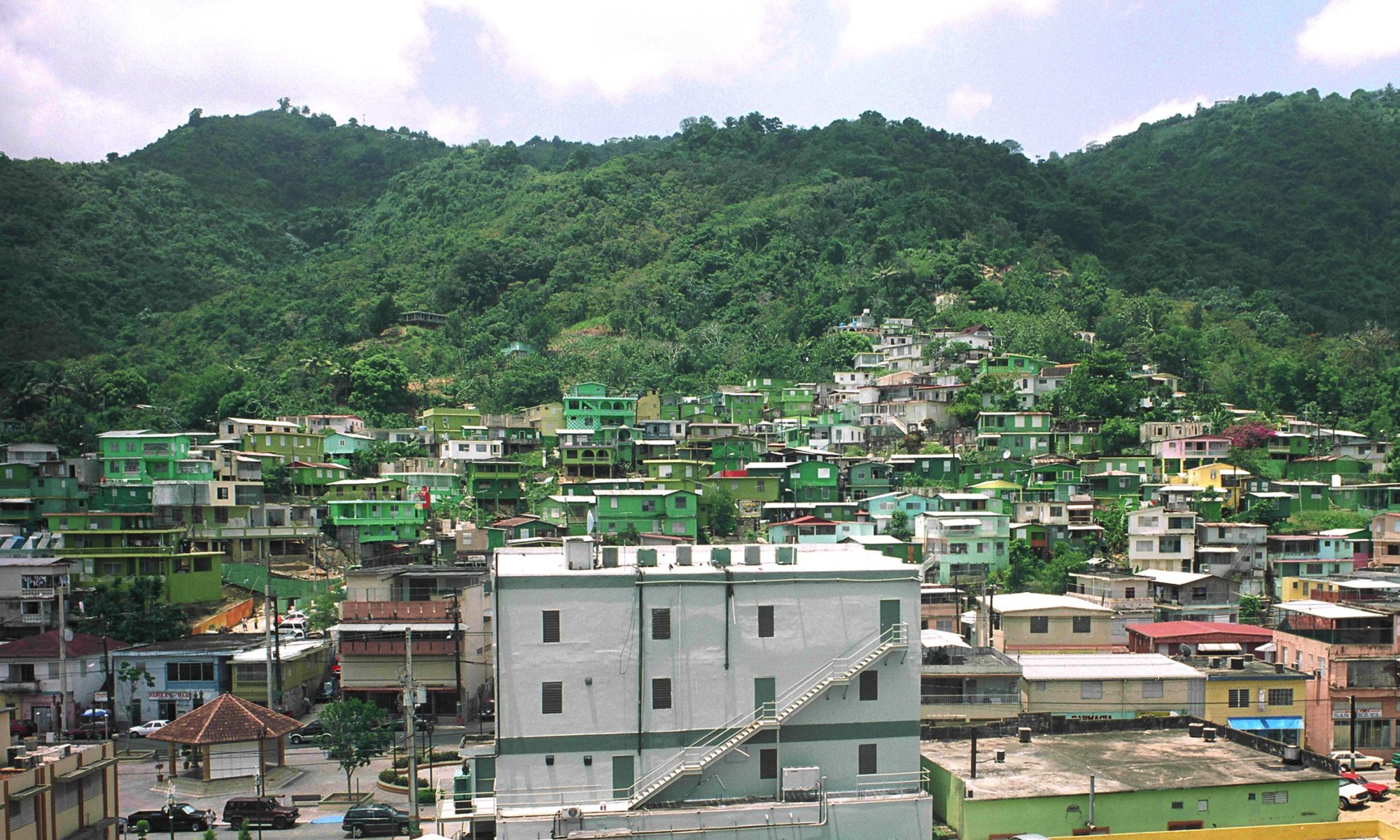
I was particularly interested in Chemi Rosado-Seijo’s El Cerro project because it reminded me not only of several other favela painting projects I have seen, such as Haas & Hahn’s more colorful work in Rio de Janeiro, but also of efforts to create harmony between the environment and infrastructure in many parts of New Zealand. In areas such as Arthur’s Pass, a small township that is often used as either a gateway to recreation in the area, or passed through on a scenic route between the two coasts of the South Island, building restrictions are imposed on residents as to what colors they may paint their houses, with various shades of green being the most common, in order to blend into the surroundings of the stunning valley. I have never viewed this as artistic in anyway because it only seemed restrictive for residents. However after seeing El Cerro, I can appreciate that the collective choice to abide by a certain image shows a sense of harmony among all the residents and a respect for the surrounding environment.
El Cerro and Arthur’s Pass also have some major differences: Rosado-Seijo states that the project quotes from modernist abstract painting, whereas Arthur’s Pass simply wants the houses as invisible as possible. Whereas El Cerro is a project initiated by the artist with the support and cooperation of the community, Arthurs Pass is under the regulation of the New Zealand government’s Department of Conservation – it is a law, not a choice. By abiding by this, the residents of the township agree to give up a small piece of individual autonomy in order to serve a collective purpose.
For more on Rosado-Seijo’s work: http://www.chemirosado-seijo.com/

